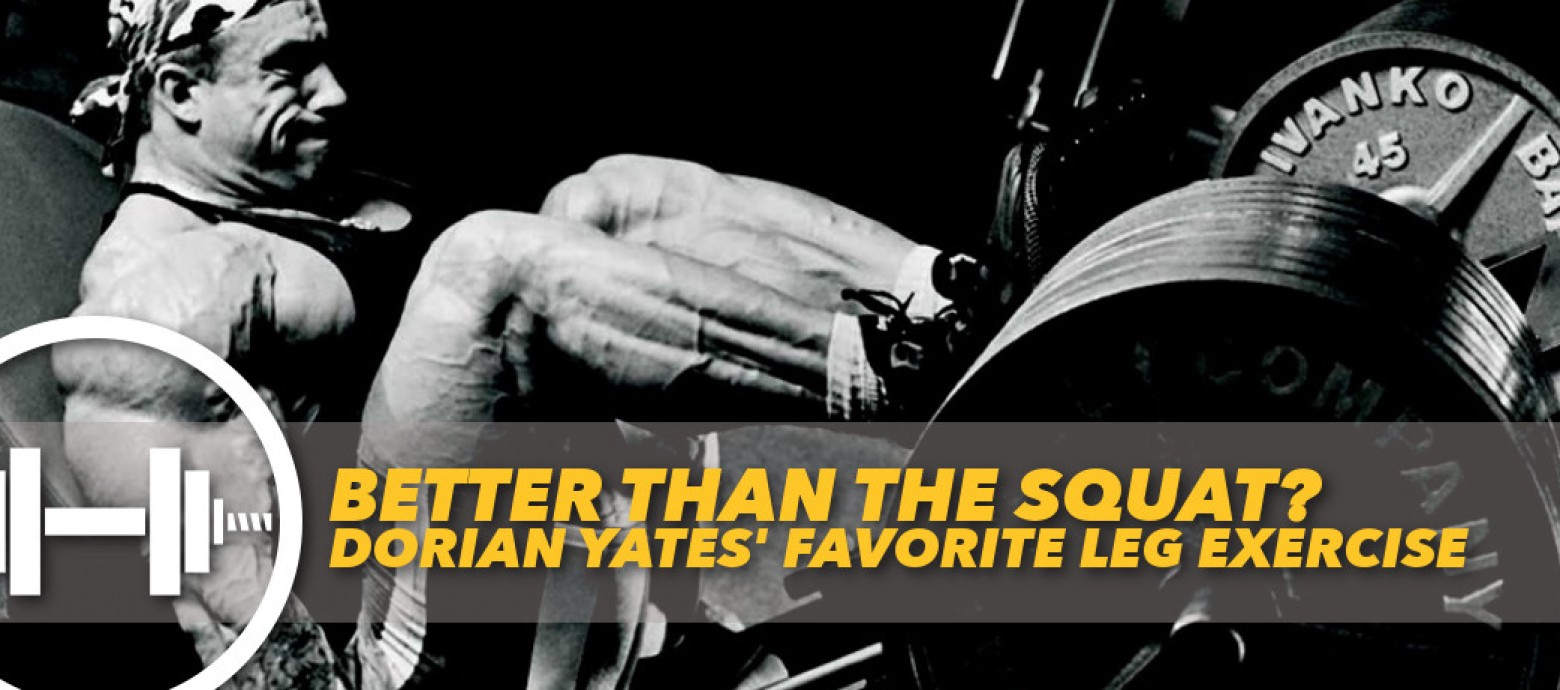Many fitness enthusiasts who want to strengthen their legs become increasingly dependent upon increasing the amount of weight that they use on power exercises in the weight room to achieve results. This is not necessary, and if proper technique is not followed, it can be dangerous, causing injury. What is the typical workout enthusiast to do in this case?
Calisthenics for the Legs
The weight of the body is underestimated by many people, especially in the case of legs. Lunges and squats, usually seen as weight-room exercises, can have the same effects when done properly. The idea is to complete these exercises with perfect form because better form isolates the muscles that the exercises are intended to work. This also minimizes the risk of injury. These are the major advantages of calisthenics overall, but preventing injury is extremely important when working the legs because so many leg exercises put stress on the back muscles and even the spine, which can easily cause injury.
Make the Exercise Explosive
Another way to turn calisthenics into leg-ripping monsters is to make the main movement of the exercise explosive. One example is a jumping squat. Adding explosiveness, in this case a jump makes the movement much more difficult. One exercise for the legs built on this principle is the zimmer. Keeping the hands on the back of the head, completing the same movement as a lunge, but then jumping and switching the legs in midair, just touching the knee to the floor, is an excellent way to exercise the quads. Each repetition consists of touching each knee twice. One knee touching the floor is one fourth of a repetition.
Time the Workout
Not all workouts can be measured in sets and reps. This can become boring and cause people to stop working out or to take shortcuts while working out, causing results to dwindle. An alternative to the traditional sets and reps is to hold a lunge or squat for time, or to use a wall-sit to strengthen the legs. Doing as many repetitions of an exercise as possible for a certain amount of time is another way to get time on the side of the fitness enthusiast, rather than working against him. The idea is to provide another way to measure the work output of the athlete. Such measurement helps the athlete to mark personal or competitive progress against previous workouts or against the results of team members. Timing a leg workout allows the athlete the opportunity to mark progress of leg strength.
